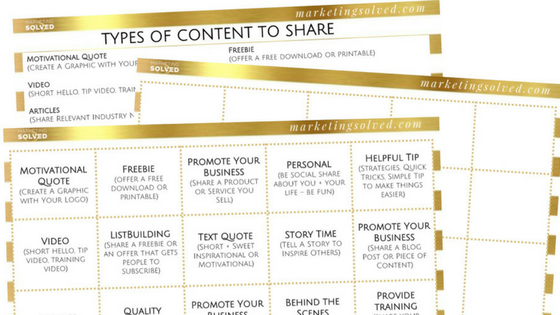Key Financial Tips On How To Help Reduce Your Start Up Business Debt
New companies and their founders often take on debt in the early stages. When operations are first getting started, it can be hard to find investors to back new ventures, and often it’s easier and more efficient for founders to borrow in order to buy the equipment they need, help secure the right facilities, or even provide some initial operating capital. This borrowing can take the form of credit card debt, a line of credit, or even loans from friends.
RELATED: Behind the Scenes of How We Get 1 Million Pinterest Views a Month
In any event, however, at some point, the issue will inevitably arise of how to pay down some of this debt. Hopefully, this is because revenue has started coming in and the debt can be paid back relatively easily, or perhaps sales are slower coming and it’s important to reduce interest costs in order to stay in business longer – until profits pick up. In either of these cases, there are certain steps to take in order to catalog, analyze and prioritize debt, as well as strategies to employ to help pay it down quickly and without causing significant interruption to company operations.
- List everything. This list should include any borrowed money as well as – in a separate column – equity that has been contributed to the company since inception. Whether it’s a $50,000 equity infusion from an established venture capital firm or a $500 loan from Aunt Jenny for a new printer, we can’t start addressing anything that has to do with a company’s capital structure until we break it down, line by line.
- Include the terms of all capital. On the list, we need to add the interest rates on any debt, as well as their terms. We need to calculate our total pay-off amounts for each loan. This is also a good time to add the terms of any agreements that were made with equity shareholders. These could be preferred returns, regular dividends, options for future additional purchases, etc. If we’re falling behind our investor’s expectations, this is the time to realize it and think about our company’s long-term viability.
- Triage by cost of capital. Looking down each of the items we’ve listed, we need to prioritize (starting with debt) according to how much each is costing on a monthly or annual basis. Some debts, such as credit card balances, that have built up over time may be much smaller than others but have a far higher interest rate. This makes them much more expensive to carry over time, and much harder to pay down. These high-interest debts will be the ones we want to pay off first.
 Consider consolidation. Looking at the most expensive debts of the company (by interest rate, not by total dollar amount), think about whether there would be any way to shift these debts to lower-interest sources. If the company has credit card debt but also a line of credit, is there any way to pay off the credit card debt using funds from the line of credit, which is probably far cheaper? This could be a strategy to help reduce the company’s debt service cost so that there are additional funds left over each month to start paying down balances.
Consider consolidation. Looking at the most expensive debts of the company (by interest rate, not by total dollar amount), think about whether there would be any way to shift these debts to lower-interest sources. If the company has credit card debt but also a line of credit, is there any way to pay off the credit card debt using funds from the line of credit, which is probably far cheaper? This could be a strategy to help reduce the company’s debt service cost so that there are additional funds left over each month to start paying down balances.- Review expenses. No discussion of how to pay down debt would be complete without the suggestion of reducing expenses wherever possible. In looking over expenses for possible savings, it’s important to consider every aspect of the business. Sometimes it’s not the major expenses that allow for savings, but a number of smaller outlays. If you rent an office, think about whether you need all the space you rent. If you have employees, consider whether any of them would prefer to work as independent contractors. Avoid the temptation to cut in areas that may seem expensive but are absolutely necessary to protect your business – things like legal and accounting can get you in a lot of trouble if they aren’t done properly.
- Reduce – don’t replace. When opportunities are found to cut costs, we obviously don’t want to just replace one cost with another. In the same vein, if we’re able to pay down or rearrange debt, we must make sure not to allow those balances not to creep back up over time.
Paying down business debt can be one of the most difficult parts of starting a new company. The hope is that doing so is a reward for growing sales and increasing profitability, which makes it far easier to pay down debts. For companies struggling to grow sales, reducing debt can be a far more complicated proposition. Even still, it’s important to follow the strategies listed above to get a comprehensive view of all the stakeholders that have contributed to a business over time, whether debt or equity, and to work from there in prioritizing the debts we pay off first so it becomes easier and not harder to pay off additional debts going forward.








